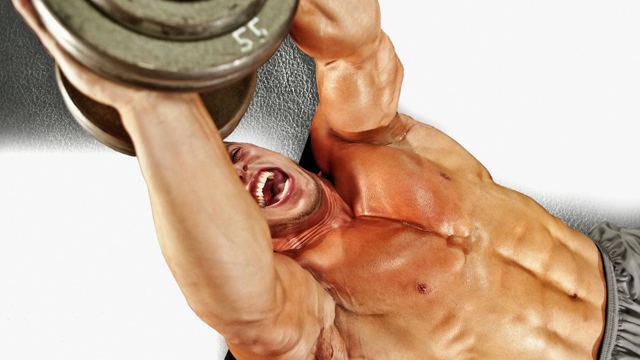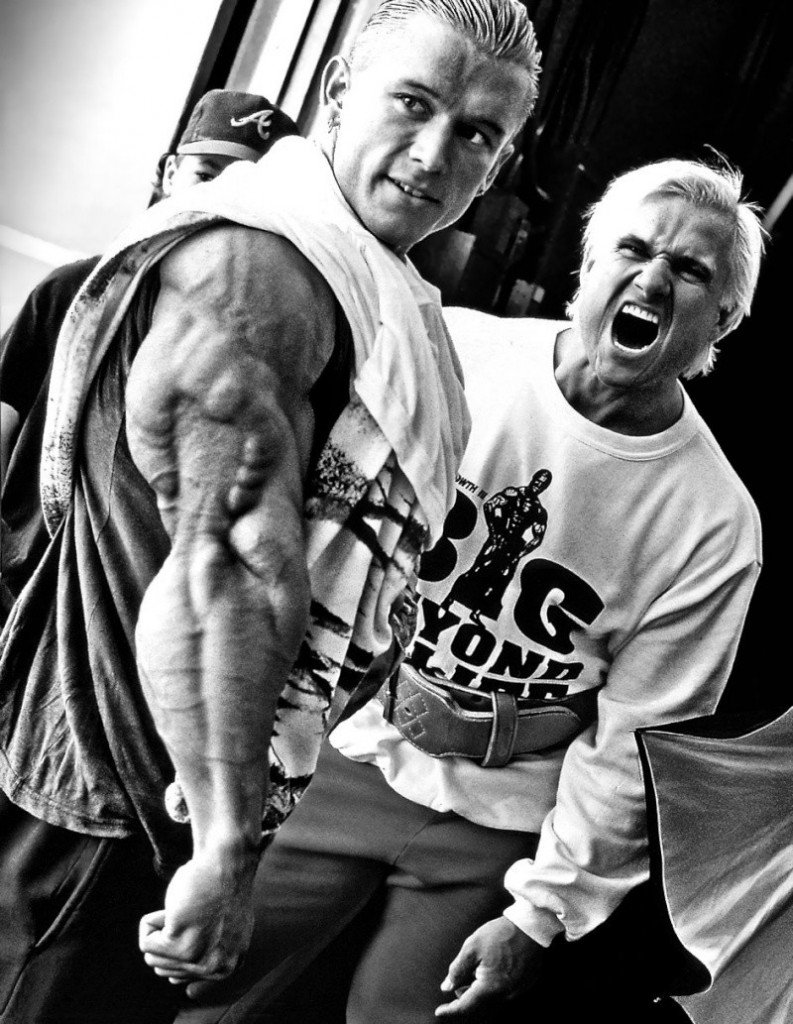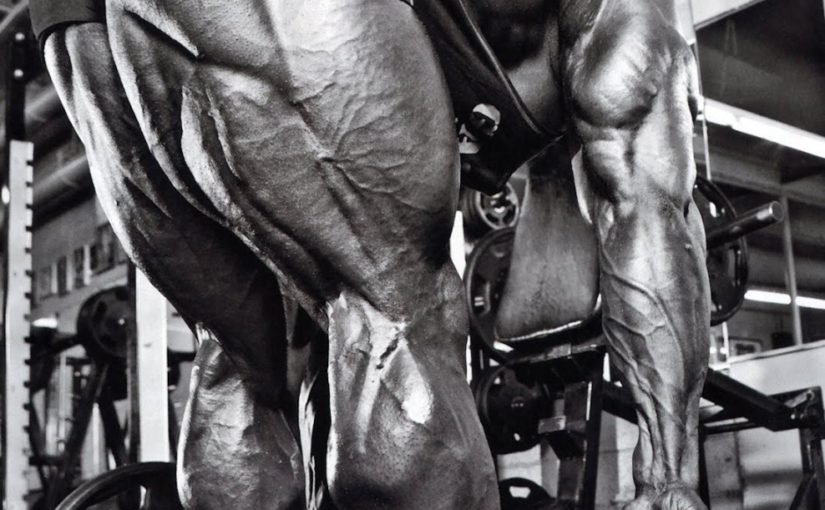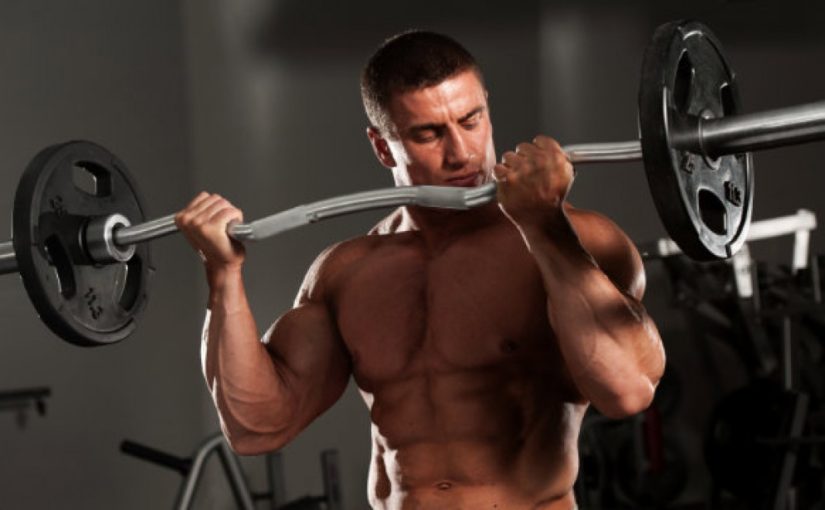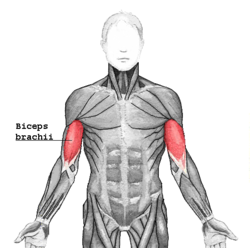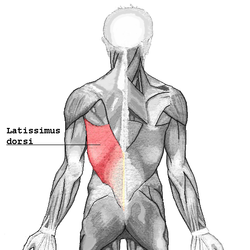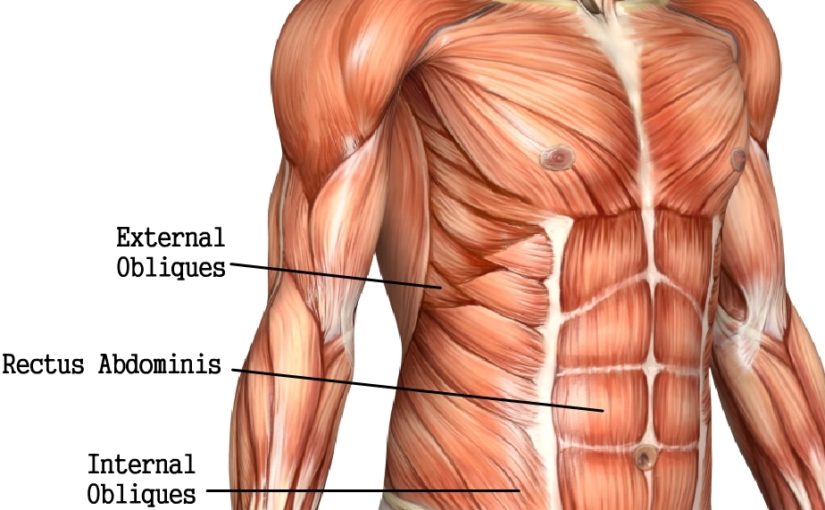Bulking and Cutting: Do I need them both?
If you’re looking to pack on some serious mass then it’s time that you start taking your diet seriously. The muscle will not come if you aren’t giving your body what it needs, when it needs it. So I want to explain the “Bulking and Cutting” method a little more…
This approach has been used by many bodybuilders, fitness models and regular, every day people who want to transform their bodies into solid muscle with very low body fat levels. And to say the least, bulking and cutting works! There are so many different ways to go about cycling to two phases of bulking and cutting, but no matter how you apply it, both will absolutely work to your benefit.
I’ve heard so called “fitness experts” claim that it is impossible to gain muscle and lose fat at the same time; that the only way to effectively do this is to separate it out into two phases: bulking and cutting. In my opinion this is completely wrong. And I’ll explain why…
-To gain weight, you must consume more calories than you burn off in a given day.
-To lose weight, you must burn off more calories than you take in on a given day.
HOWEVER, if you know how many calories you burn off in a given day, you are now able to “fine-tune” your diet to compliment BOTH muscle gain and fat loss. This is assuming that you are performing some sort of cardio interval workout as well as weight training on that day. The cardio interval will reinforce the fat loss, and the weight training will reinforce muscle gain. It is impossible to GAIN weight on a cutting diet, however it IS possible to LOSE FAT on a bulking diet.
Let’s say that your calculated caloric needs for a workout day is 4000. 2000 of these calories are burned at rest, 1000 are used for basic daily activity and sleep, and the last 1000 are used for your workout. If 500 calories were used up while doing interval cardio, then that is 500 calories of fat that your body used for energy. This equals FAT LOSS.
During your weight training, you burned 500 calories as well. To make sure that you’re adding muscle to your frame, you must consume at least 500 more calories a day to aid in muscular development. (Your body needs energy to build muscle!)
If 500 calories of fat were already used up by the body, then adding those extra 500 calories will NOT go towards fat storage; they’ll be used to build up new muscle! Does that make sense?
These are just rough estimate numbers but hopefully you’ll see my point. Your body may require more energy and calories to aid in muscle growth but this will all be determined by individual calculations of your own caloric needs. I’ll be sure to post this formula later on!
Back to bulking and cutting…
Bulking can be simply described as gaining weight. The primary focus of this phase is to add as much muscle to your body as possible, even if it comes with some fat storage as well. This will require many extra calories to ensure that muscle growth continues. Once you’ve packed on enough size, then it’s time to cut all the excess fat and keep as much of your hard-earned muscle as possible. This is referred to as the “cutting” phase.
I recommend this type of cycle because it allows your mind to focus on one goal at a time, instead of two. But as I said earlier, it is not impossible to do both at the same time! It just may take a little longer and your diet must be near perfection. If you’re young and skinny then don’t worry about adding extra fat. Your metabolism will take care of itself, so take advantage of eating as much as possible, while still eating clean. If you’re heavier, make sure your diet is on point, and get to a weight you feel comfortable at before any bulking begins.
If you have any questions just ask!
-Mitch Muller
C.P.T MindsetFitness.net – Bulking and Cutting


